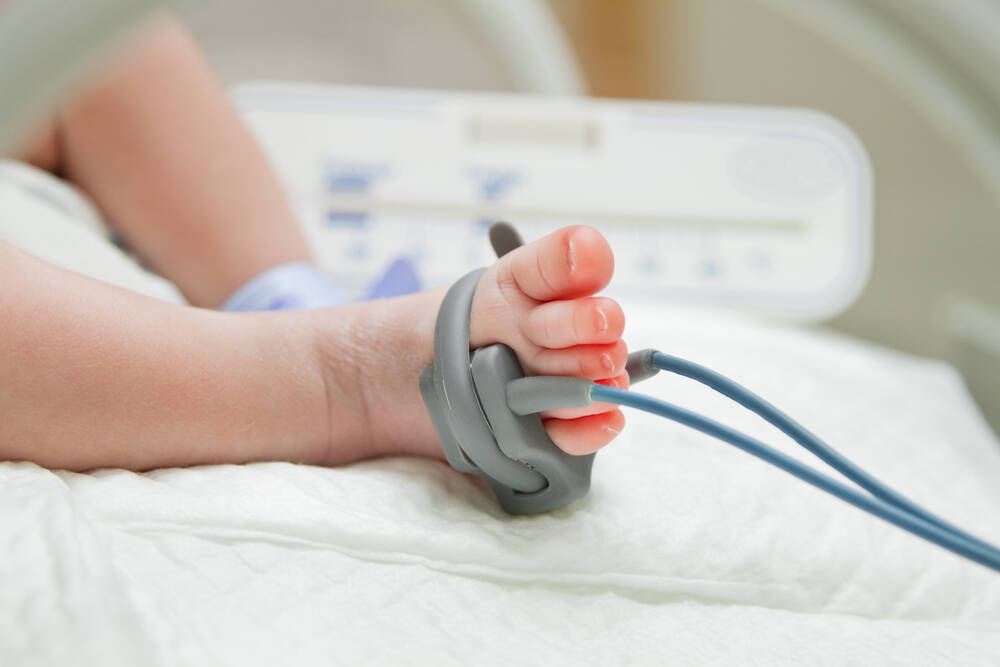Pediatric ICUs in Nevada still at full capacity as respiratory viruses spread

Pediatric intensive care units remain at full capacity as respiratory viruses continue to drive up hospitalizations of children, the Nevada Hospital Association said Wednesday.
The number of cases for respiratory syncytial virus, or RSV, has more than doubled in the state over the past year, according to numbers from the Southern Nevada Health District. In October of last year, the state had reported 482 cases of the virus compared with the 1,078 cases it recorded in the same time period this year, communicable disease manager Kimberly Franich said.
As of Wednesday, more than half of the 69 patients hospitalized with RSV across the state were children, according to the hospital association, but the number was down from the 46 children that were hospitalized last week.
After health officials this month recommended a return to mask-wearing indoors, new COVID-19 cases and hospitalizations in Clark County saw a slight decrease this week, according to data updated Wednesday by the state.
The 14-day moving average of daily new confirmed cases in Clark County fell to 248, a decrease of nearly 9 percent from last week’s 270 cases, according to numbers from the Nevada Department of Health and Human Services.
After the Thanksgiving holiday, new cases of COVID-19 jumped by 50 percent. Despite cases leveling off since then, Franich said it’s possible for the state to expect another bump in cases after the holidays.
Wednesday’s update also showed that the number of patients hospitalized in Clark County and statewide continued to fall slightly, with confirmed or suspected cases decreasing to 279 from last week’s 294. The number of hospitalizations statewide also decreased to 327 from 345.
Clark County is experiencing medium community levels of COVID-19 for the third week in a row, according to a federal designation from the Centers for Disease Control and Prevention that tracks hospitalizations and severity of disease.
But the county’s community transmission levels, or a measure of what viruses are circulating within the community, has risen, according to Franich.
“We know that we have substantial to high transmission within our community,” she said.
Other Nevada counties such as Esmeralda, Lincoln, Nye and White Pine are also seeing medium community levels of disease, with the rest of the state’s counties at a low level.
The health district continues to recommend mitigation efforts such as mask-wearing, washing hands and staying home while sick despite the pressures of the holiday season, Franich said.
Those same mitigation strategies probably helped to prevent the spread of other respiratory illnesses like RSV over the past two years, she said.
Trends in some surrounding states have shown a slowdown in rates of RSV, and the health district is hopeful that Nevada will mirror those numbers, Franich said.
While respiratory illnesses continue to circulate all over the country, she reiterated that, while there is no vaccine currently available for RSV, individuals can also still get their flu shot and the COVID-19 booster if eligible.
Contact Lorraine Longhi at 702-387-5298 or llonghi@reviewjournal.com. Follow her at @lolonghi on Twitter.